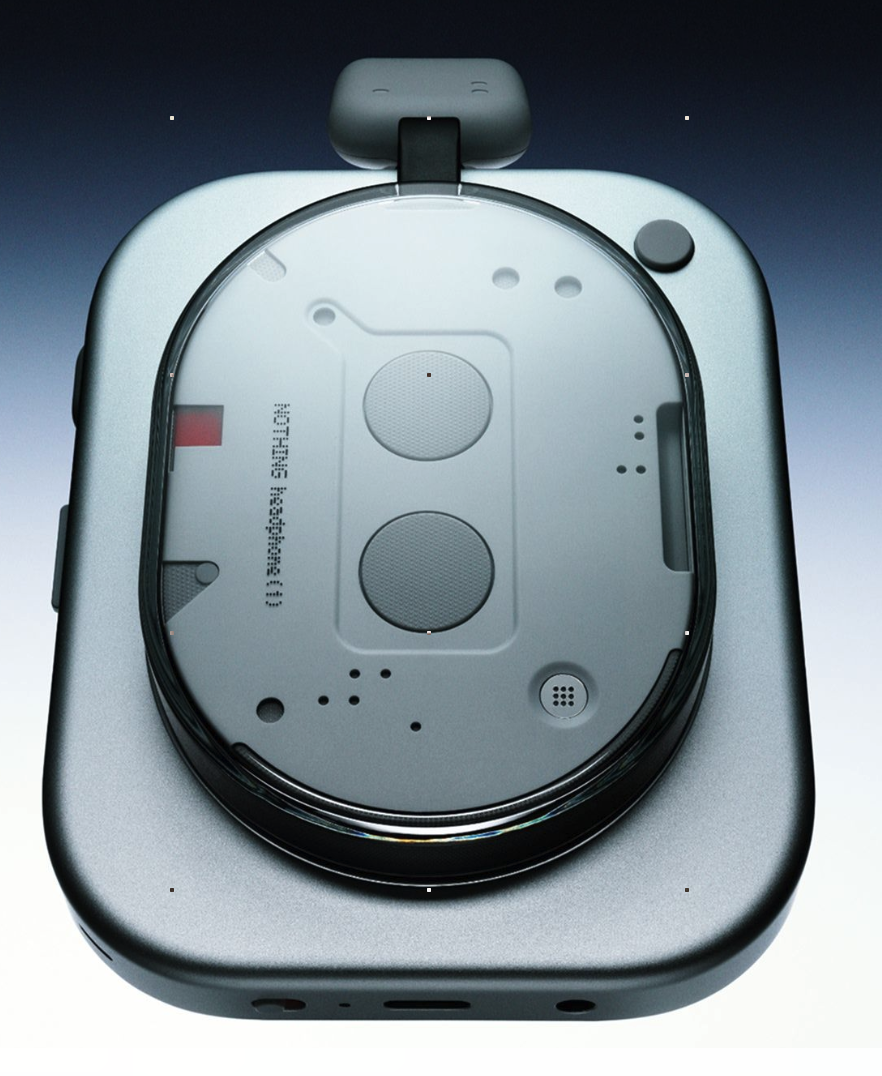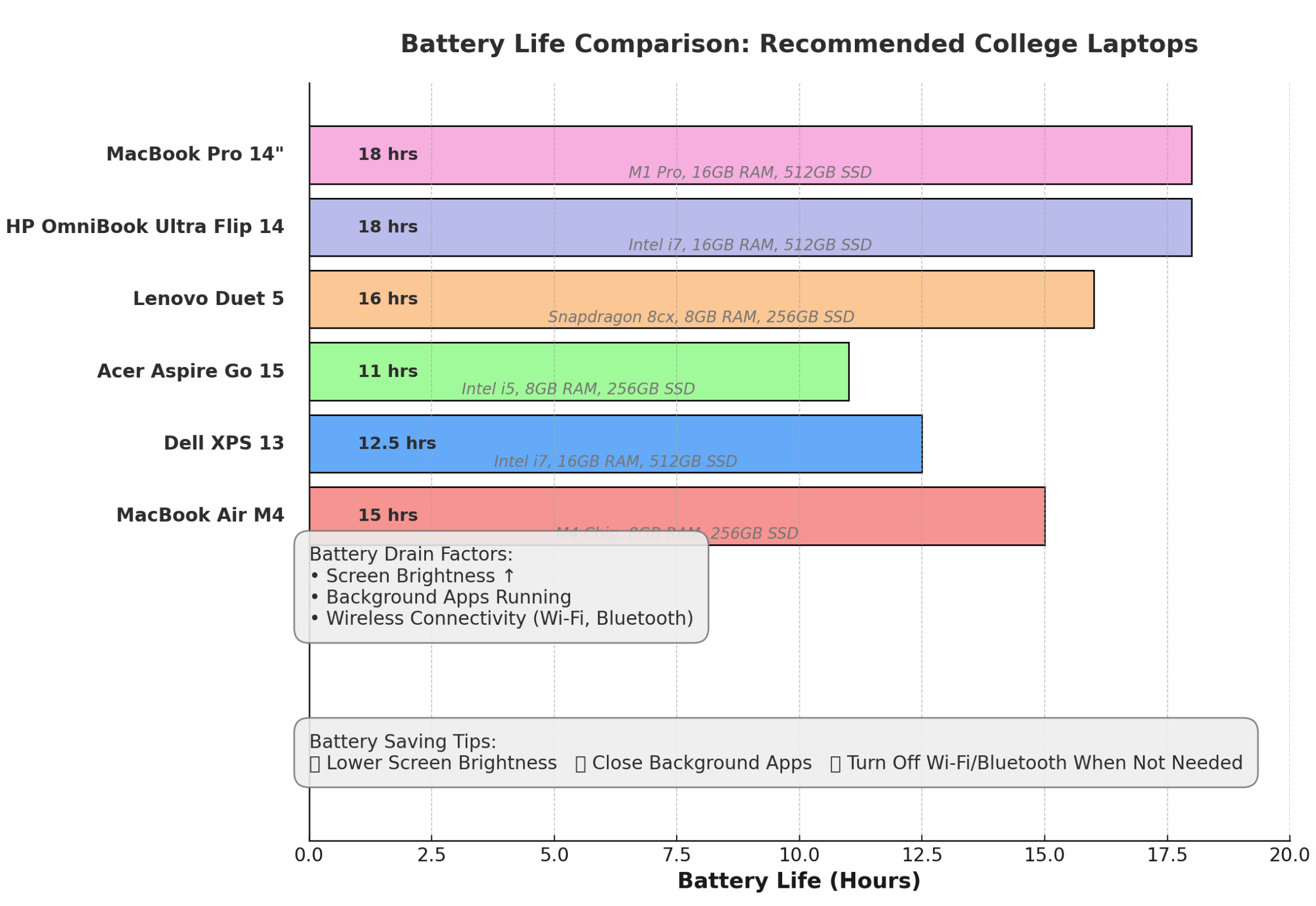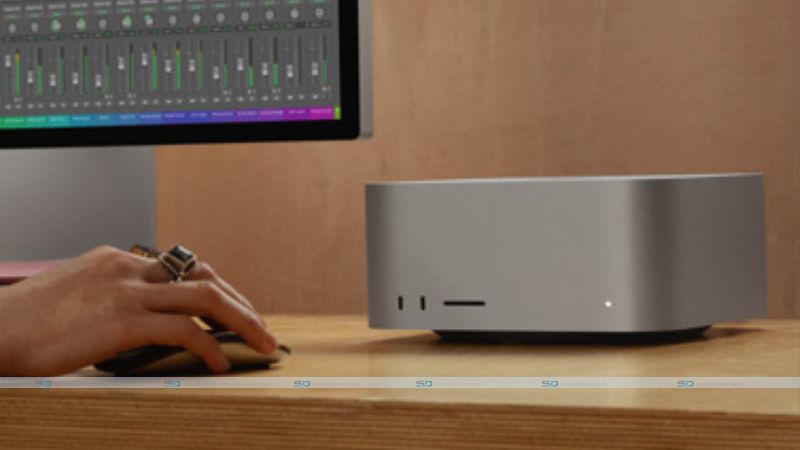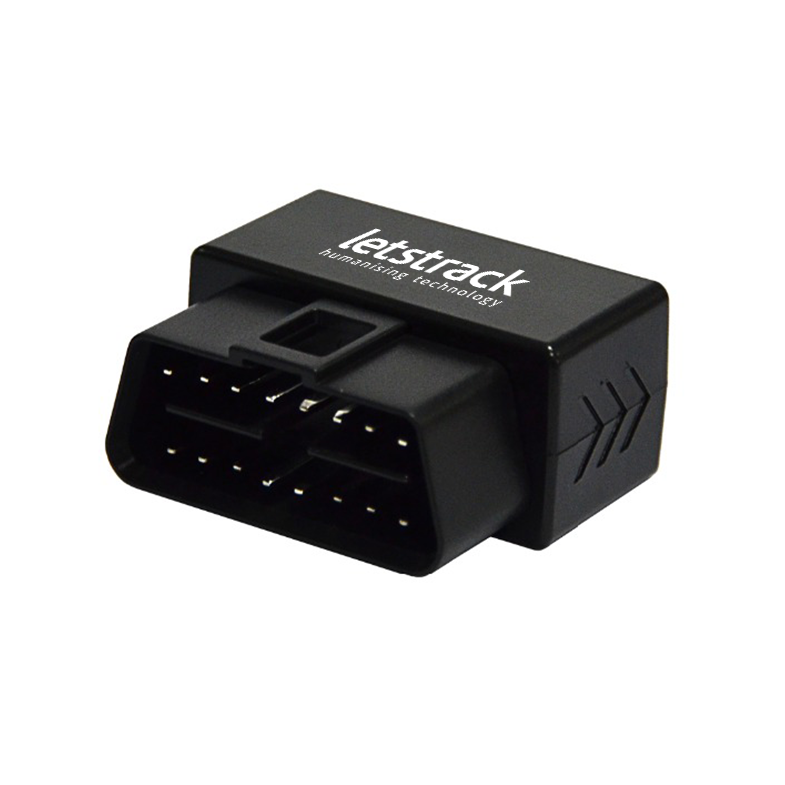With regards to picking the best graphics card from among the numerous contenders, I concede I incline toward a bigger number of highlights as opposed to seeing things get cut—you probably won’t get quick use out of the additional stuff, however, in any event, it’s there. Anticipating what’s to come is a dubious business, be that as it may, and the gamers have spoken. Constant ray tracing may sound cool, however on the off chance that it tanks execution, we’re okay without it. Thus, a large portion of a year in the wake of disclosing its Turing engineering, Nvidia is revealing the standard alternatives, less the ray tracing, and profound learning. It’s beginning and end the gamers needed from Turing, with none of the additional swells. Make proper acquaintance with the GTX 1660 Ti.
The most up to date expansion to the Turing family winds up
being an incredible takeoff from past models, as the RT and Tensor cores that
have been at the core of the GeForce RTX story are no more. In their place you
get… well, really, you don’t get anything. Rather, Nvidia winds up with a
little and increasingly reasonable GPU. It likewise brings back the GTX
marking, which is presumably for the best as ray tracing on equipment
underneath the RTX 2060 dimension doesn’t bode well at the present time. Be
that as it may, you do get whatever is left of the Turing graphic refreshes,
including support for variable rate shading, concurrent INT and FP tasks, fast
FP16 pressed math and enhancements in the reserve chain of command.
There are different enhancements also. Turing GPUs are made
utilizing TSMC’s 12nm FinFET process, thus far the majority of the GPUs use
GDDR6 memory. The GTX 1660 Ti drops the memory speed down to 12Gbps (contrasted
with 14Gbps on the different RTX cards), which makes me wonder exactly how much
memory overclocking headroom remains. More on that in a minute.
The GTX 1660 Ti isn’t generally everything gamers needed, in
any case, as it focuses on a standard gathering of people. I think what
individuals needed was a considerably higher execution at each value point,
with more cores, VRAM, and execution. The GTX 1660 Ti appears to hit that mark,
by adhering moderately near the active GTX 1060 6GB cost while expanding the
vast majority of the specs. It has 20 percent more CUDA cores—and they’re
progressively skilled cores as I effectively noticed—a 50 percent expansion in
memory transfer speed on account of GDDR6 and marginally higher clock speeds
that should result in 25 percent better hypothetical execution (and it ought to
be more than that gratitude to the graphic changes). So the midrange advertises
looks encouraging, yet in the event that you need a comparative trade for a GTX
1080 Ti, we didn’t get that.
To the extent the GeForce GTX 1660 Ti cards go, Nvidia isn’t
giving a reference structure this round—there’s no Founders Edition. That is
run of the mill of the lower level cards from both AMD and Nvidia, however, it
accompanies a catch. We know there are numerous GTX 1660 Ti models in progress
from the AIB (Add-In-Board) accomplices, running the standard range of
reference tickers to uber-timed models. Asus was the first AIB accomplice to
get us a GTX 1660 Ti test, in the nick of time for the dispatch, which is what
we’re taking a gander at today.
Asus sent its corona card: the ROG Strix GTX 1660 Ti O6G.
It’s evaluated at $329, a short distance from the RTX 2060, but on the other
hand, it’s the kitchen sink approach. You get triple fans, addressable RGB
lighting, double BIOS, and a plant overclock to 1890MHz for the lift clock (1530MHz
base clock). It’s sincerely overgraphiced for a 120W TDP GPU, with an 8-stick
PEG connector and a monstrous cooler, which implies lower temperatures and
commotion levels. You can change between two execution modes at the flip of a
switch, and there’s additionally a “quiet” catch that will promptly
impair all the RGB lighting in the event that you want.
I had restricted time to test for the GTX 1660 Ti dispatch,
sadly, so these underlying outcomes are at the production line stock
timekeepers. Overclocking is conceivable obviously, and it’s something I’ll
take a gander at in more profundity throughout the following week. It’s
additionally conceivable to set the card at Nvidia’s reference tickers,
however, VBIOS contrasts likely mean it will, in any case, run somewhat
quicker, in addition to the cooling should enable it to hit higher lift
timekeepers. So this test will give Nvidia’s most recent GPU a touch of
leverage over the other ‘reference’ cards I’ve tried, however, the RX 590, 580,
and 570 are all processing plant overclocked models, and I expect a lot of
models will offer about indistinguishable dimension of execution from this Asus
Strix card, just at a lower value point.
How about
overclocking?
We should talk more about overclocking. Asus sent a
generally vigorously overclocked card, and keeping in mind that the official
lift clock is 1890MHz, I saw pinnacle clock speeds as of now hitting 2025MHz.
The prior Turing GPUs in the GeForce RTX cards have all hit their cutoff points
directly around 2000MHz, so I didn’t know the amount more I could get. Memory
speed, then again, appears to be very agreeable, considering the various GDDR6
RTX cards are running effectively at 14 GT/s stock. It feels like a touch of a
deliberate point of confinement to keep the GTX 1660 Ti from infringing on RTX
2060 domain.
I’ll have to borrow somewhat more profound over the coming
days to perceive how much headroom truly exists, yet I adopted my standard
strategy to GPU overclocking with MSI Afterburner. To start with, I set the
voltage to +100 and turned as far as possible to its most extreme (120
percent), and just to be erring on the side of caution I set the GPU fans to an
enduring 80 percent. Temperatures remained cold amid testing (50C max—this is
one cool cucumber), and the fans aren’t even that noisy at this speed, so the
substantial cooler and triple fans are certainly carrying out their
responsibility. At that point, I start perceiving how far I could push the GPU core
and memory tickers.
The GDDR6 performed about as I expected: I could maximize
the memory speed slider at +1500 MHz, which winds up being 15 GT/s. (I’ve
possessed the capacity to hit near 16 GT/s on a portion of the RTX cards in
case you’re wondering.) I don’t know there’s quite a bit of a transmission
capacity limit, in any case, while the GPU cores are bound to keep things down.
I set the GPU clock for +100, however that is not equivalent to an ensured
100MHz increment—checks floated in the 2025-2075 MHz extend amid testing, about
50MHz higher than at plant stock. With respect to execution, I haven’t run the
full test suite since despite everything I’m endeavoring to dial in the
overclock and ensure it’s steady, however, these settings gave around a 10-15
percent improvement to framerates (at 1440p ultra).
By and large, I’m entirely upbeat to see even that
unassuming improvement in core tickers, considering this will be one of the
most noteworthy manufacturing plant timed GTX 1660 Ti models. It’s insufficient
to close the hole with an RTX 2060, and I’m interested to perceive how well the
reference timed cards to do with regards to overclocking, however, it’s a
decent begin. The memory then has a lot of legs—a 25 percent expansion in data
transfer capacity is quite amazing.
Let’s talk about
the performance of this GPU
In a perfect world, I’d retest each GPU with the most recent
drivers each time another card gets discharged, however that is not
pragmatic—it would be a long time of testing, and the vast majority of the
outcomes likely wouldn’t change. I did retest everything for Nvidia’s Turing
dispatch last September, in addition to including a few new recreations from
that point forward. The new recreations were tried with the most recent drivers
accessible at the time, and the GTX 1660 Ti is utilizing audit drivers that
convey the equivalent 418.91 form number as the openly accessible drivers.
My GPU test framework utilizes a Core i7-8700K overclocked
to 5.0GHz to help limit CPU bottlenecks amid testing, alongside another top of
the line parts. You can see the full subtleties in the case out on the right.
For spending plan and midrange graphics cards, the test framework is maybe
needless excess, however, this permits every one of the illustrations cards to
achieve their full execution potential.
I’ve tried 19 diversions on 20 graphics cards for this
underlying audit, including a few new augmentations, at four setting/goals
blends per amusement. (On the off chance that you need to get results from more
seasoned GPUs like the GTX 900 arrangement and AMD’s R9 cards, look at the
GeForce RTX 2060 audit.) Testing is directed at 1080p ‘medium’ quality,
alongside ‘ultra’ quality at 1080p, 1440p, and 4k. In many diversions, the
ultra preset maximize every one of the choices, while in recreations that do
exclude presets I’ve physically maximized the settings (eg, GTA5’s propelled
illustrations menu, other than super scaling). A few amusements rebuff cards
with under 6GB or even 8GB of VRAM at these settings, however, as a rule, the
GTX 1660 Ti ought to be fine.
While some will contend about regardless of whether $279 is
a standard value, the GTX 1660 Ti is a card that objectives 1080p gamers. That
is still a great many people (60 percent), passing by the most recent Steam
Hardware Survey, despite the fact that 1440p presentations have to a great
extent substituted 1080p as our proposal for the best gaming screens. Also, the
news is great: at 1080p, the GTX 1660 Ti speeds along and midpoints well above
60fps in many recreations.
Where does it miss the mark? As anyone might expect, it’s
the most requesting amusements: Anthem, Assassin’s Creed Odyssey, and Metro
Exodus can’t exactly keep up a consistent 60fps at 1080p ultra—really, Metro
can’t do that at the high preset, however, that is a story I examine in more
detail in my Metro execution investigation. You’ll need to drop settings down a
score or two in such cases, yet at 1080p medium, there’s still a lot of
headroom left.
To the extent the challenge is concerned, the GTX 1660 Ti
goes up against AMD’s RX 590 and wins conclusively, averaging a 20-25 percent
lead. There are no amusements where AMD’s comparatively valued card outpaces
the competition, however, it does in any event approach in a couple of
diversions (Anthem, Battlefield 5, and Strange Brigade). Maybe, more
essentially, is the manner by which the GTX 1660 Ti tolls against more
established GPUs. It’s around 35 percent quicker than the GTX 1060 6GB, and it
even comes in only a hair in front of the GTX 1070—however, there are
unquestionably recreations where the 1070 successes. In the event that you
officially claim 1070, clearly this isn’t the card for you, but at the same
time, it’s estimated about $75 lower than the present costs of the active card.
Of course, we’re discussing a card that is more than two years of age, so the
reserve funds after some time truly aren’t that incredible.
In case you’re perched on a more seasoned GPU like a GTX
970, it can bode well to overhaul. Execution is 75 percent better at 1080p
ultra, just as 55 quicker at 1080 medium. That is an illustrations card that is
currently 4.5 years old, and obviously, anything slower than a 970 would see
significantly greater increases. Contrasted with AMD’s R9 390 (or the
comparable performing R9 290X that is more than five years of age now), the
1660 Ti is 65 percent quicker, and it does that while cutting the illustrations
card control use down the middle. In any case, it would be a significantly more
recognizable regraphic in case you’re running something like an HD 7970/R9 280X
or lower.
1440p ultra is regularly excessive for midrange GPUs like
the GTX 1660 Ti and other sub-$300 illustrations cards. It’s suitable in a few
amusements however not in others, however dropping the quality a score or two
absolutely makes a difference. Normal framerates at 1440p ultra are 62fps,
fundamentally tied with the GTX 1070, however, obviously, the Asus 1660 Ti
accompanies a better than average overclock. (A reference model would be 5-10
percent slower.)
Neither one of the cards will hit a relentless 60fps,
however. About portion of the recreations, I tried normal 60fps or more, once
in a while considerably more, while the other half fall beneath—with a couple
of like Anthems, Assassin’s Creed Odyssey, Deus Ex, and Metro Exodus sitting
nearer to 40fps.
Nvidia’s newcomer beats AMD’s standard RX 590 by around 25
percent also, for generally a similar cost while utilizing less power. It’s
likewise 80 percent quicker than a GTX 970, yet just 60 percent quicker than
the R9 390 as the 8GB VRAM enables AMD’s old Fiji to the card at these goals.
The 4k ultra outcomes are for the most part unnecessary
here, however, I’ve run the benchmarks in any case. Regardless of whether you
drop the quality down to medium or low, many recreations will neglect to break
60fps—there is basically an excessive number of pixels to push around for a
midrange card. Generally speaking rankings are like the past outlines, however,
the 6GB VRAM becomes somewhat of a factor now. Be that as it may, once more,
you truly shouldn’t run 4k on a card this way.
Wrapping things up, as far as esteem the GTX 1660 Ti sits
close to the highest point of the midrange illustrations card heap—contingent
upon the model you’re taking a gander at, normally. For the GPU in
disengagement, you could at present contend that the RX 580 8GB and RX 570 4GB
are better decisions, which bodes well considering they cost 30 percent and 50
percent less, separately. In any case, the GTX 1660 Ti stands its ground
against the GTX 1060 cards, don’t worry about it the more costly RTX models.
Flip over to a total standard form and the GTX 1660 Ti looks significantly all
the more encouraging.
Verdict
You need to ponder about Nvidia’s manner of thinking on the
GTX 1660 Ti. Is it accurate to say that it was dependably underway? Likely, as
endeavoring to do ray tracing and DLSS on anything short of the RTX 2060
appears to be improbable. In any case, after all the publicity on those new
highlights, it nearly feels like Nvidia is retreating a bit in giving us
another GTX arrangement of cards. There are some new highlights contrasted with
Pascal (10-arrangement), however generally speaking the Turing engineering just
appears to represent a 10 percent improvement in CUDA core execution—whatever
is left of the improvement comes through more cores and higher clock speeds.
Another thing to consider is the point at which the
inescapable GTX 1660 will touch base—with the Ti postfix and a completely empowered
TU116 processor, clearly, there’s a lot of chances for Nvidia to discharge a
lower spec GPU. Ideally, it stays with 6GB VRAM, however, as anything less is
ending up progressively silly. A somewhat slower card valued at $200 would be
welcome news, however, we’ll need to watch out for what comes next and what the
last item resembles.
Meanwhile, in the event that you’ve been perched on a
midrange GPU from several ages back, or a top of the line card from at least
five years prior, the GTX 1660 Ti is a commendable overhaul. Moving from a GTX
970 or R9 380X or lower GPU to the 1660 Ti will give a critical lift to
execution, and lessen control necessities too. What’s more, in case you’re
running a GTX 960, GTX 770, or comparable GPU, 1660 is over twice as quick.
Obviously, you could have gotten a comparable lift in execution more than two
years prior with the GTX 1070, and it would have just cost an additional $100
or somewhere in the vicinity. And afterward, that entire digital currency thing
occurred and GPU costs went haywire for a year, yet fortunately that is
presently a relic of times gone by.
It’s not all daylight and blossoms with the TU116 plan,
however. Other than being a confirmation of sorts that we’re not at the point
where ongoing ray tracing equipment is prepared for the majority, it has a
couple of regions that could end up feeble spots amid its lifetime. It has 50
percent more memory transmission capacity than the GTX 1060 6GB however a
similar measure of VRAM. I don’t know when 6GB will truly move toward becoming
“not exactly enough VRAM,” yet more diversions are beginning to push
into the 8GB and higher range, so be set up to drop from ‘ultra’ to ‘high’
surfaces in the coming year or two. It’s likewise fascinating that the chip has
50 percent a bigger number of transistors than the GP106 that is in 1060, but
in spite of the 12nm lithography, it’s as yet 42 percent bigger. I know, 12nm
is more showcasing than substance, however despite everything I’m holding on to
see when Nvidia makes the move to 7nm, and what kind of GPUs it will make them.
Spoiler: they’ll be quicker and superior to Turing, however, those are likely
still a year or all the more away.
At this moment, in case you’re hoping to manufacture another midrange gaming PC, equipped for running almost any amusement at 1080p ultra with high framerates, the GTX 1660 Ti has a place close to the highest priority on your rundown. It effectively outflanks Nvidia’s old GTX 1060 cards and doesn’t cost significantly more. It conveys great execution and incredible proficiency, with a value that can contact a lot more extensive group of onlookers than the RTX line. It likewise completes a superior occupation at hitting 60fps or more at 1080p ultra, something that the RX 570/580 and GTX 1060 cards now and then battle to do, particularly on the latest harvest of diversions. Those searching for something to last a couple of years while we hang tight for progressively competent ray tracing equipment to arrive (ideally at standard valuing) will discover a great deal to like in the GTX 1660 Ti.
For more interesting reviews follow us.






























































